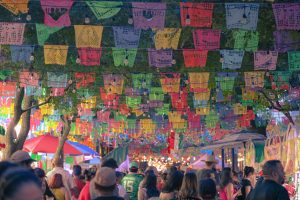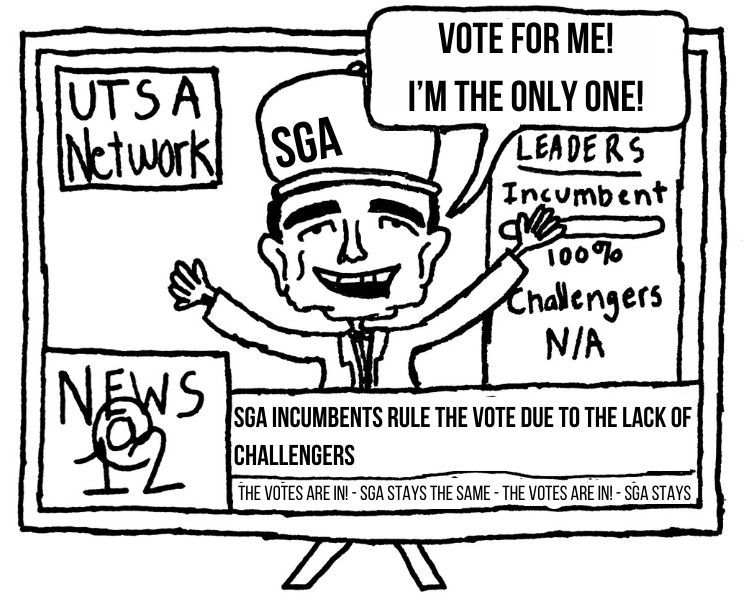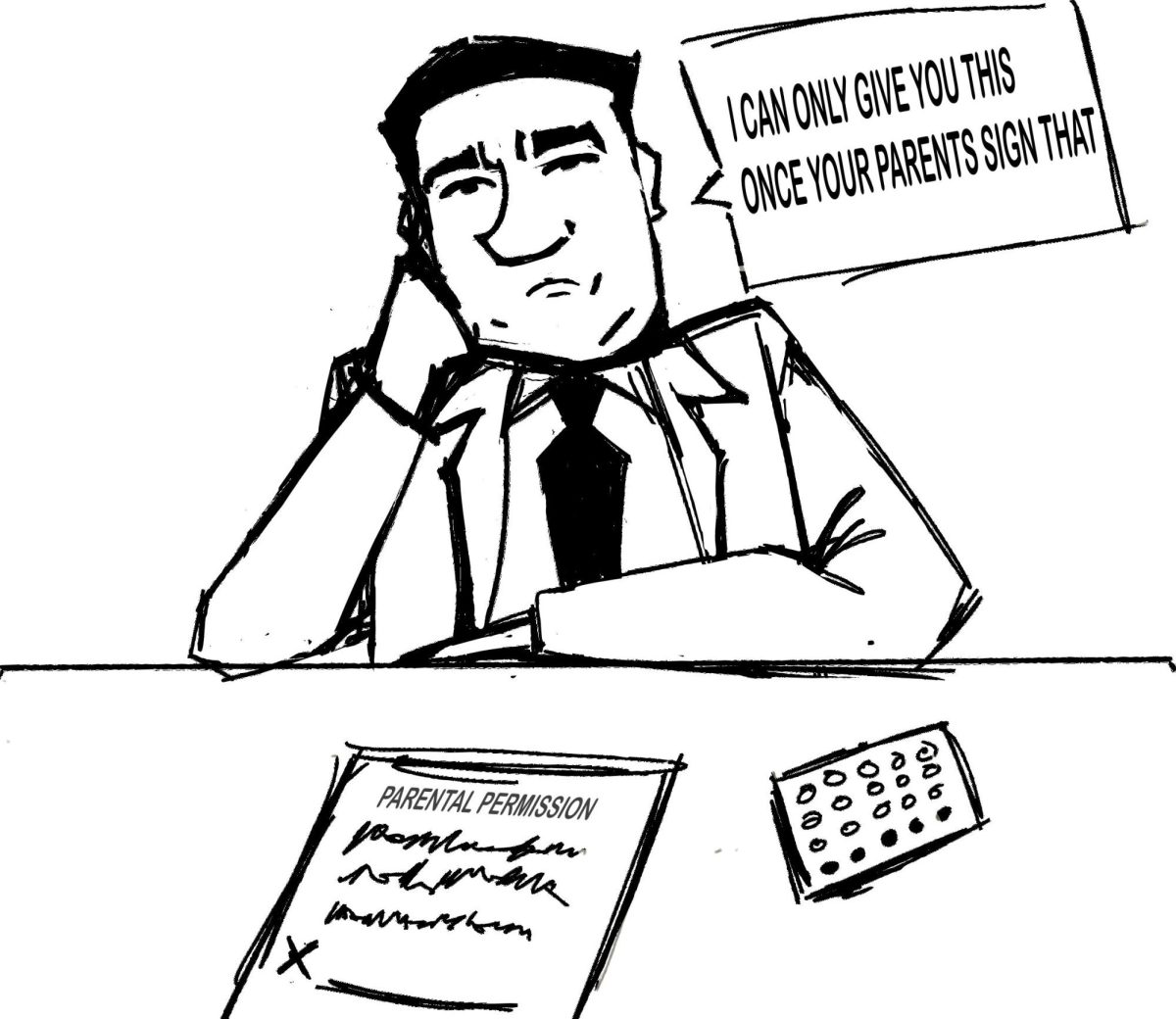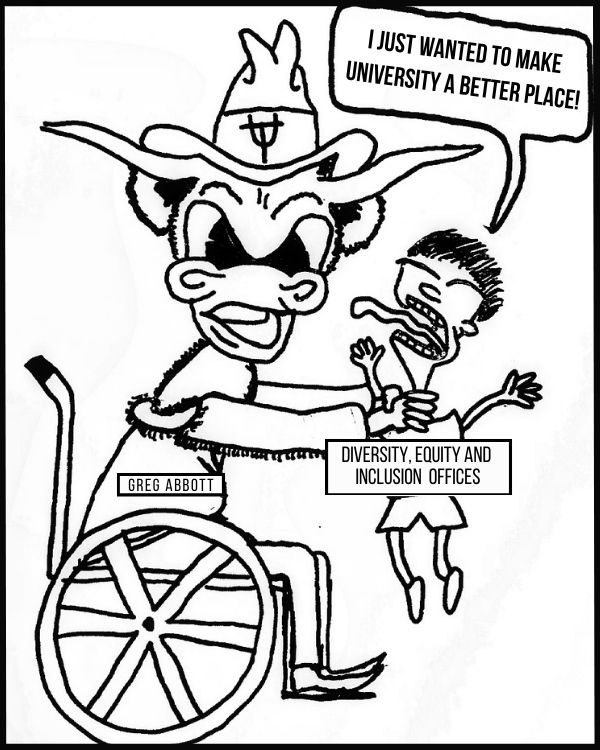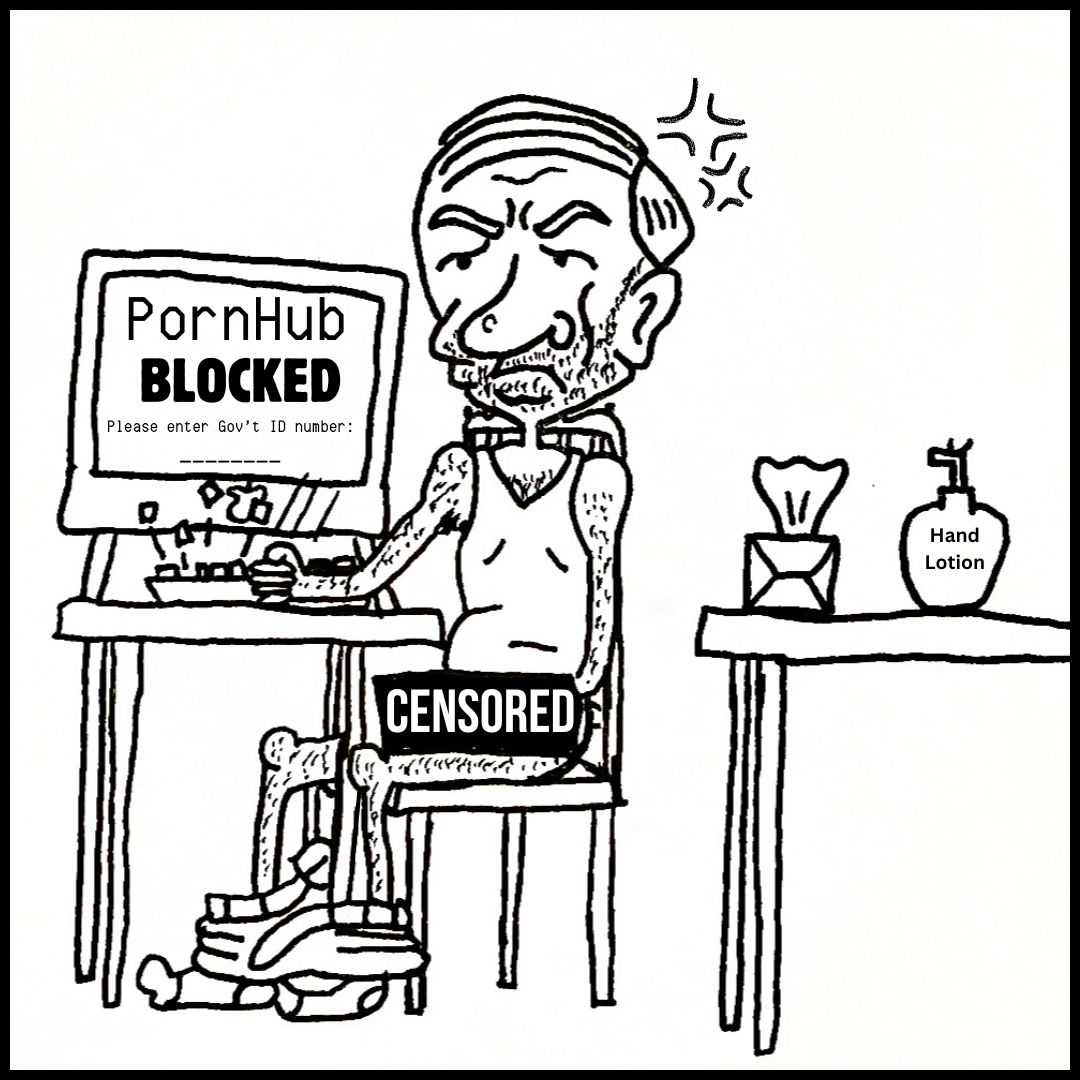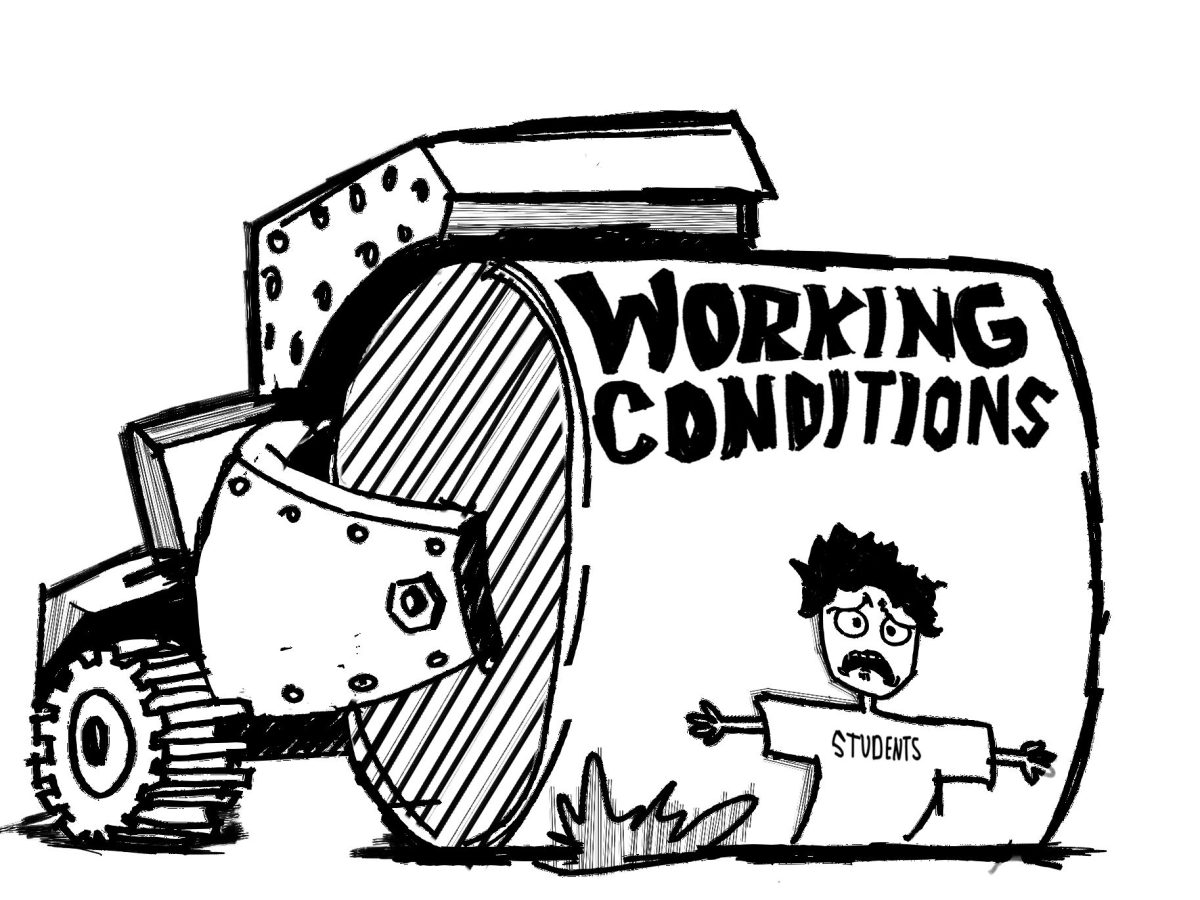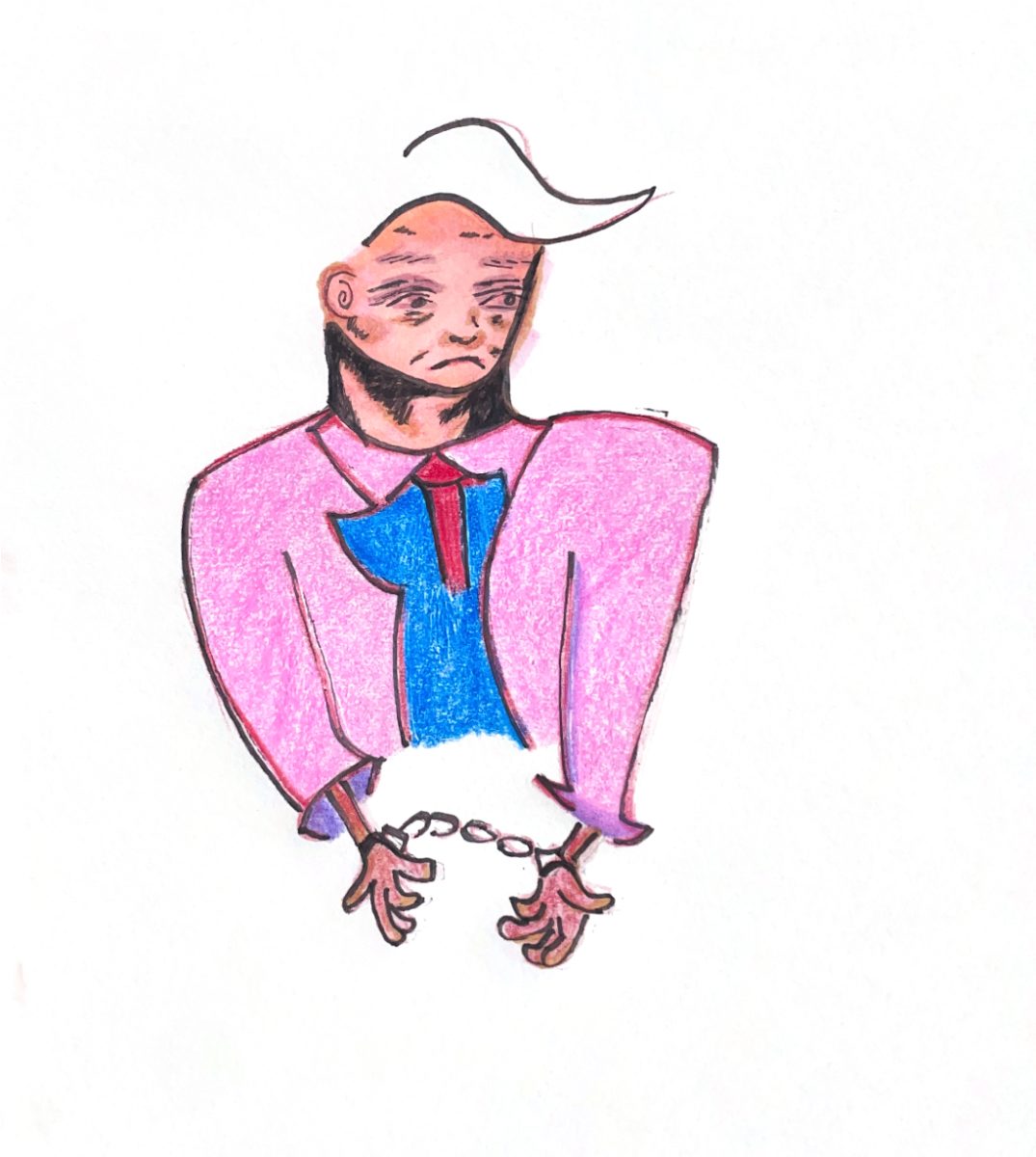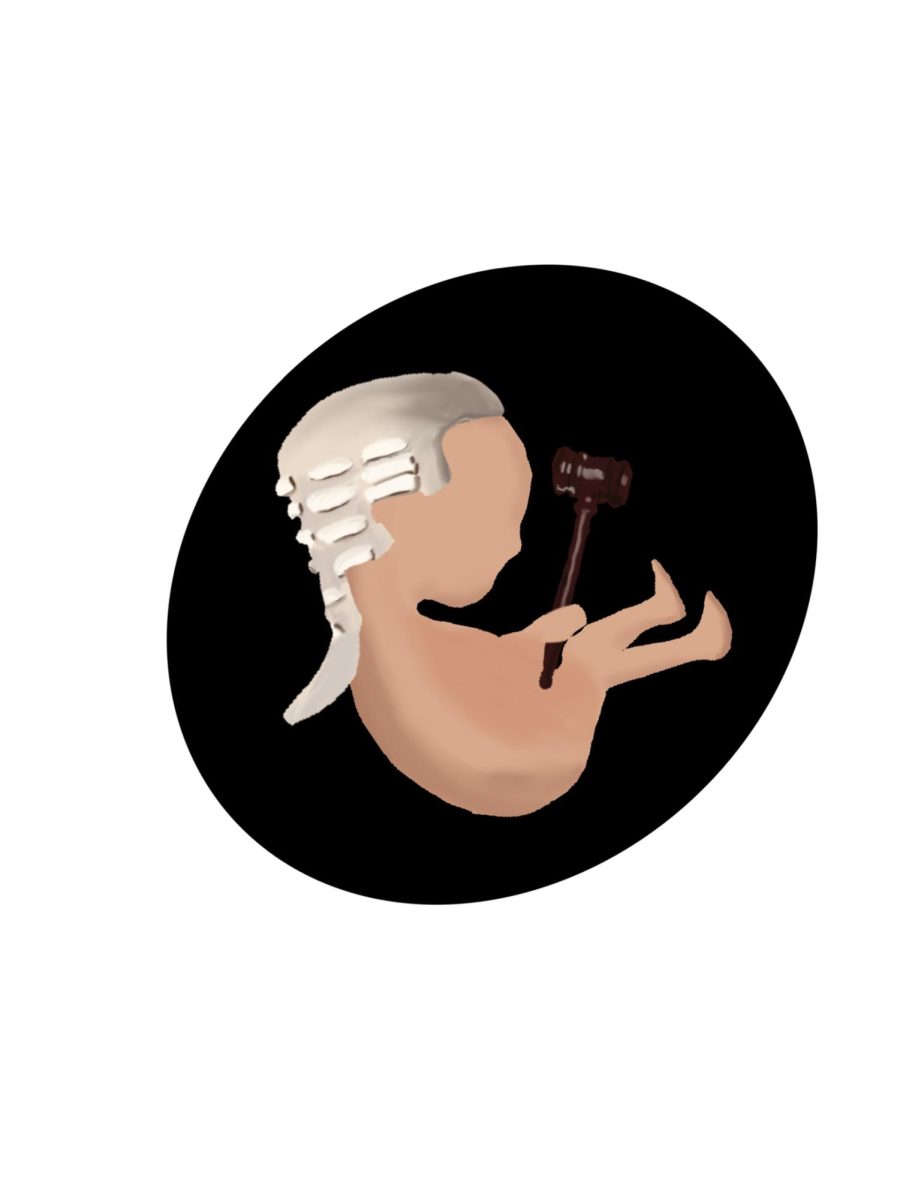As the price of parking permits rise and temperatures begin to fall, more UTSA students choose bicycles as their muscle-powered method of transportation.
Cycling to class is a great way to save money, energy and time that would otherwise be spent hunting down a parking spot. Students who bike to class burn calories while reducing their carbon footprint — a choice beneficial to cardiovascular health and the environment.
However, the benefits of biking do not come without health risks. Motorists rushing to and from classes often swerve and aggressively pass cyclists, posing a significant threat to campus bikers.
According to the Community Trauma Report by the University Health System (a public hospital district in San Antonio’s metropolitan area) the number of adults injured on bicycles has doubled over the past two years and is 633 percent higher than it was in 2009.
In 2010, the city of San Antonio passed an ordinance that requires drivers to offer passing cyclists and pedestrians three feet of space in order to avoid collisions. More so, last week, the city’s Office of Sustainability launched its “My 3 Feet Campaign” in an effort to raise awareness for the safety ordinance.
Despite these measures, San Antonio still ranks number 44 out of the 50 largest American cities for its ratio of bicycle fatalities. The national average is 3.3 fatalities for every 10,000 cyclists; San Antonio’s average is 10.7, according to the Alliance for Biking and Walking’s 2010 Benchmark Study.
The rate of collisions should not drive cyclists off the road; instead, to reduce collision, more cyclists should get on it. Think safety in numbers.
The likelihood of a walking pedestrian or cyclist being struck by a motorist varies inversely with the amount of people biking and walking, indicating that motorists’ behavior controls the likelihood of collisions, according to a study in the British Medical Journal.
In other words, car drivers adjust their behavior in the presence of more people sharing the road. This pattern was found consistently across communities of varying size and among urban and rural areas.
No doubt, the afore mentioned studies show that there is room for improvement in terms of bicycle safety in San Antonio. Fortunately, Roadrunners can look forward to additional bike lanes near campus — when construction concludes. The Texas Department of Transportation’s UTSA Blvd. expansion project will include new bike lanes and pedestrian pathways.
Maybe this will spur an increase in cyclists and pedestrian commuters.
In order for biking to be safe, bike traffic should seem normal instead of a nuisance.
Bike safety should occur in tandem: more bike lanes and pedestrian pathways must be constructed to facilitate smoother way to campus and more bike riders and walkers must dare to pedal and trek to campus.




